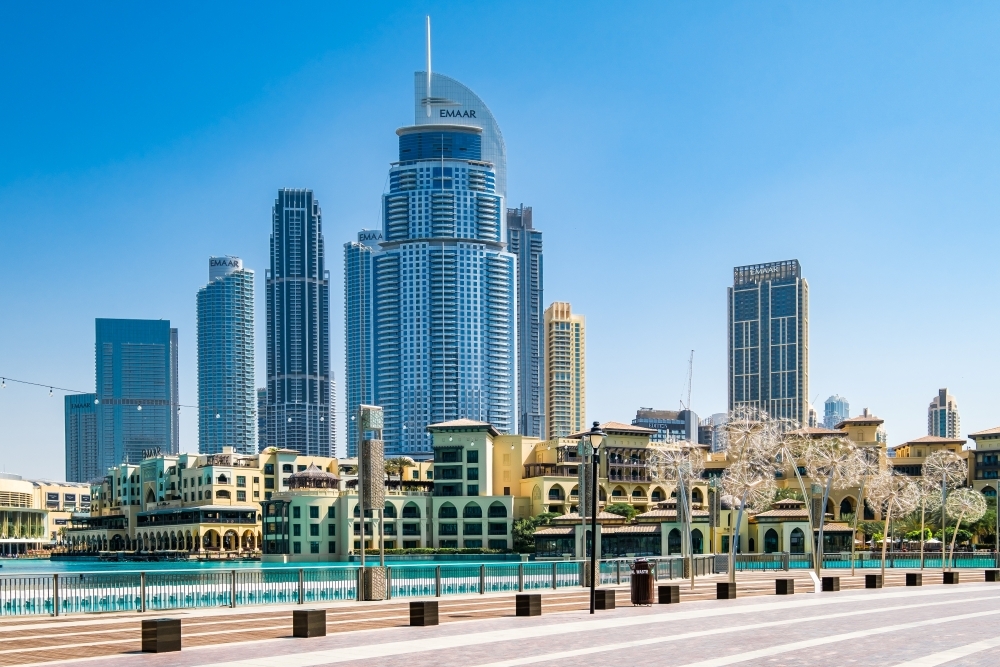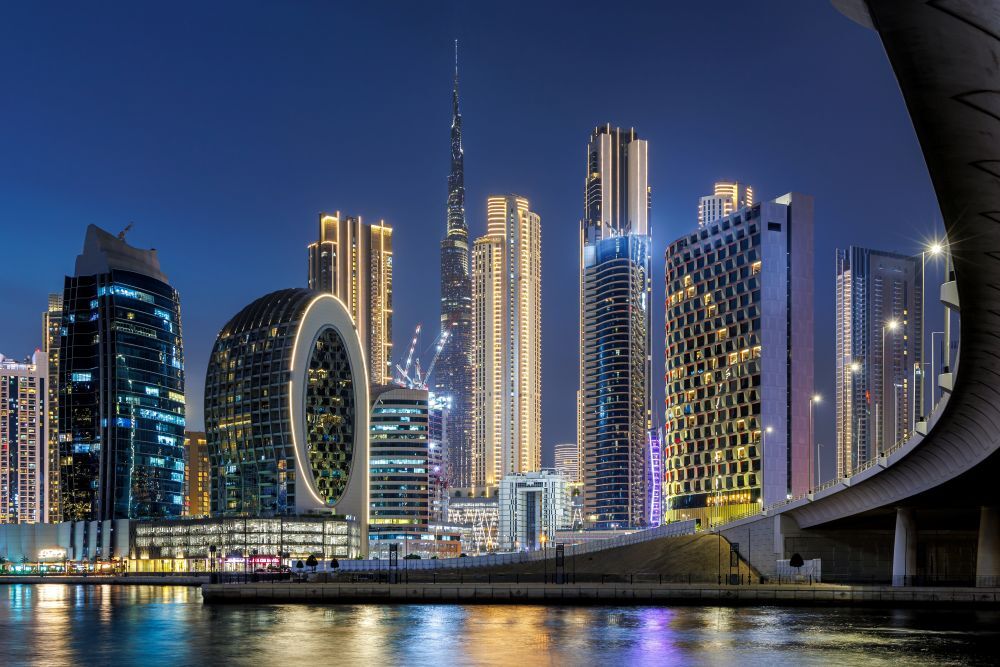Is There Property Tax in Dubai? A Complete Guide
Dubai is famously ‘tax-free’ – an investment haven where personal profits flow untaxed by capital gains, inheritance or income levies. It’s the hook of many real estate sales pitches, relied on with near-mythic confidence. While it’s true that Dubai doesn’t impose the annual property taxes seen in the US, or the council taxes and stamp duty faced by buyers in the UK, purchasing property here isn’t without cost. Dubai Land Department (DLD) transfer fees, registration and service charges, and the occasional appearance of VAT all factor into the equation.
This guide unpacks the cost of owning property in Dubai in 2025, from the upfront payments at the point of sale to the lesser-known fees that arise long after the keys are in hand. Whether you’re a first-time buyer, a seasoned investor, or simply curious, here’s what lies beneath the headline promise of tax-free buying.
.jpg?width=1000&height=667&name=unnamed%20(16).jpg)
No Property Tax – What It Actually Means
In simplest terms, buyers in Dubai face no annual property taxes and no capital gains tax upon selling. Even rental income goes untaxed, which is perhaps the most appealing benefit for investors in the long run. In terms of returns, this means fewer deductions, simpler planning, and stronger yields.
This applies across both residential and commercial property, though commercial transactions and leases are subject to 5% VAT. For many international buyers – especially those coming from markets where annual tax bills are the norm – it’s a major draw. In cities like London or New York, owners routinely set aside up to 3% of a property’s value each year just to cover taxes and local charges. In Dubai, that line item doesn’t exist. Instead, costs are front-loaded at the point of transaction.
One-Time Costs: Transfer Fees & Registration
The most significant cost is the Dubai Land Department (DLD) transfer fee, which is 4% of the property’s purchase price. This is typically split between buyer and seller, but in practice, buyers often shoulder the full amount, particularly in competitive or off-plan transactions. Occasionally, developers offer a partial or full DLD waiver as an incentive during a new project launch, though this is typically tied to limited-time offers or specific payment schedules.
In addition to the transfer fee, there is a registration fee of AED 2,000 for properties under AED 500,000, and AED 4,000 for those above, plus 5% VAT. Buyers working with agents will also need to factor in commission fees, which usually amount to 2% of the sale price, subject to 5% VAT. In off-plan sales, the developer covers the cost of commission, which can be as high as 4%.
In practice, the fees can quickly add up – particularly in the upper end of the market. On a property priced at AED 100 million, for instance, the DLD transfer fee alone comes to AED 4 million. At a 2% commission rate, the agent fee would be AED 2 million, with an additional AED 100,000 in VAT, bringing the total to AED 2.1 million. Together, the transfer fee and commission push upfront transaction costs to just over AED 6.1 million, before legal or conveyancing fees are added.
Legal and conveyancing costs typically range from AED 6,000 to AED 10,000, though in super prime deals involving corporate structures or offshore ownership, bespoke legal oversight may carry a higher cost.
These figures may feel substantial at first glance, but for many investors, they’re offset by the long-term benefit of zero property tax, zero capital gains tax, and no tax on rental income. In Dubai’s prime real estate market, where resale timelines can stretch across years, that trade-off can work firmly in the buyer’s favour. And, for some, the simplicity of it is attractive.
Ongoing Costs: The Municipal Housing and Service Fees
While there’s no formal property tax in Dubai, there is a municipality housing fee paid by both homeowners and tenants, which is often overlooked in the “tax-free” narrative. Charged by Dubai Municipality, this is calculated at 5% of the property’s annual rental value – for tenants – and is charged monthly as part of the DEWA bill. For owners, the fee is based on the estimated yearly rental value of the property, as determined by RERA. Though not technically a tax, it functions similarly to a local service levy and is worth factoring into long-term cost planning. In high-value neighbourhoods like Emirates Hills and Palm Jumeirah, the fee can cost upward of AED 150,000 annually – depending on the rental value of the home – spread across 12 monthly payments. In more affordable areas like JVC and Damac Hills, the annual housing fee is typically far lower – often ranging between AED 4,000 and AED 8,000 per year – making it a somewhat minor item in the overall cost of ownership.
Beyond that, buyers also face annual service charges in master-planned communities and developments, covering everything from security and landscaping to concierge, valet, and pool maintenance. Rates vary significantly, but premium branded residences can command between AED 30 and AED 67 per square foot. It’s a fee that adds up fast: for a penthouse or branded villa in a high-end development, it’s not unusual to pay well over AED 100,000 annually, with 5% VAT. The return for buyers here is more qualitative – the higher the fee, the more premium the lifestyle amenities.
Service fees tend to be substantially lower for villa plots, even in exclusive communities like Al Barari and Emirates Hills, where charges can be as low as AED 1.5 per square foot (though built-up developments within these areas typically carry higher rates). It may not be called a tax, but in practice, it starts to feel a little familiar.
Final Thoughts
Over the past five years, Dubai’s property market has surged, with capital values climbing by approximately 147% – a testament to the appeal of tax-free investing. While there are costs to consider, such as DLD transfer fees, housing levies and annual service charges, these are largely predictable and often front-loaded, making long-term ownership more transparent than in many global markets. In a world of shifting tax policies and tightening margins, the approach here remains refreshingly direct: a property system built for clarity over complexity.



